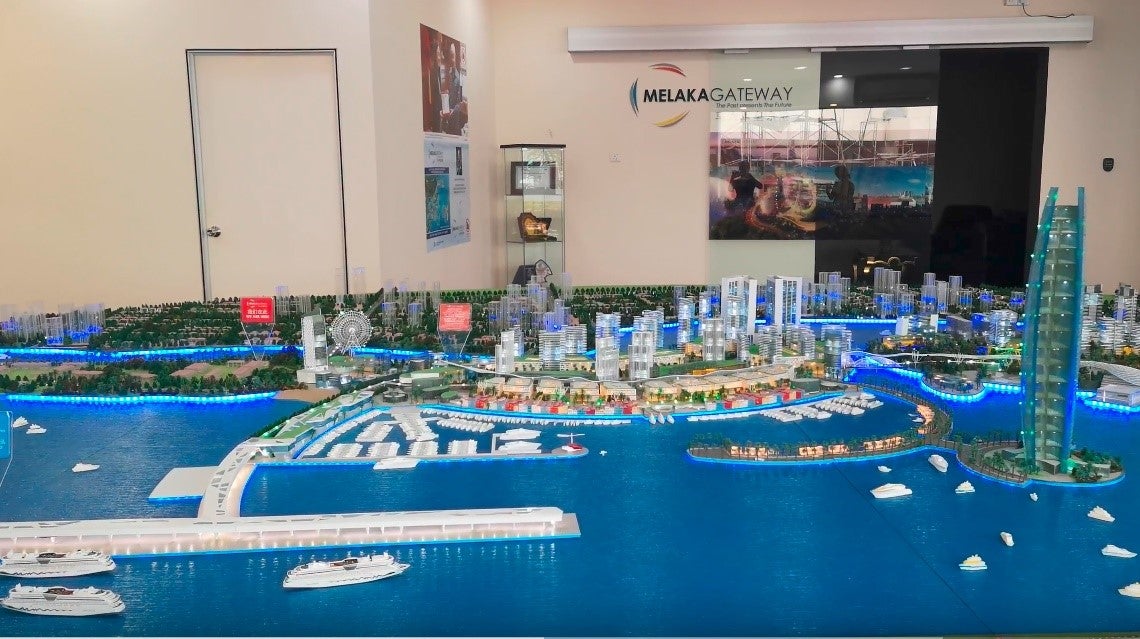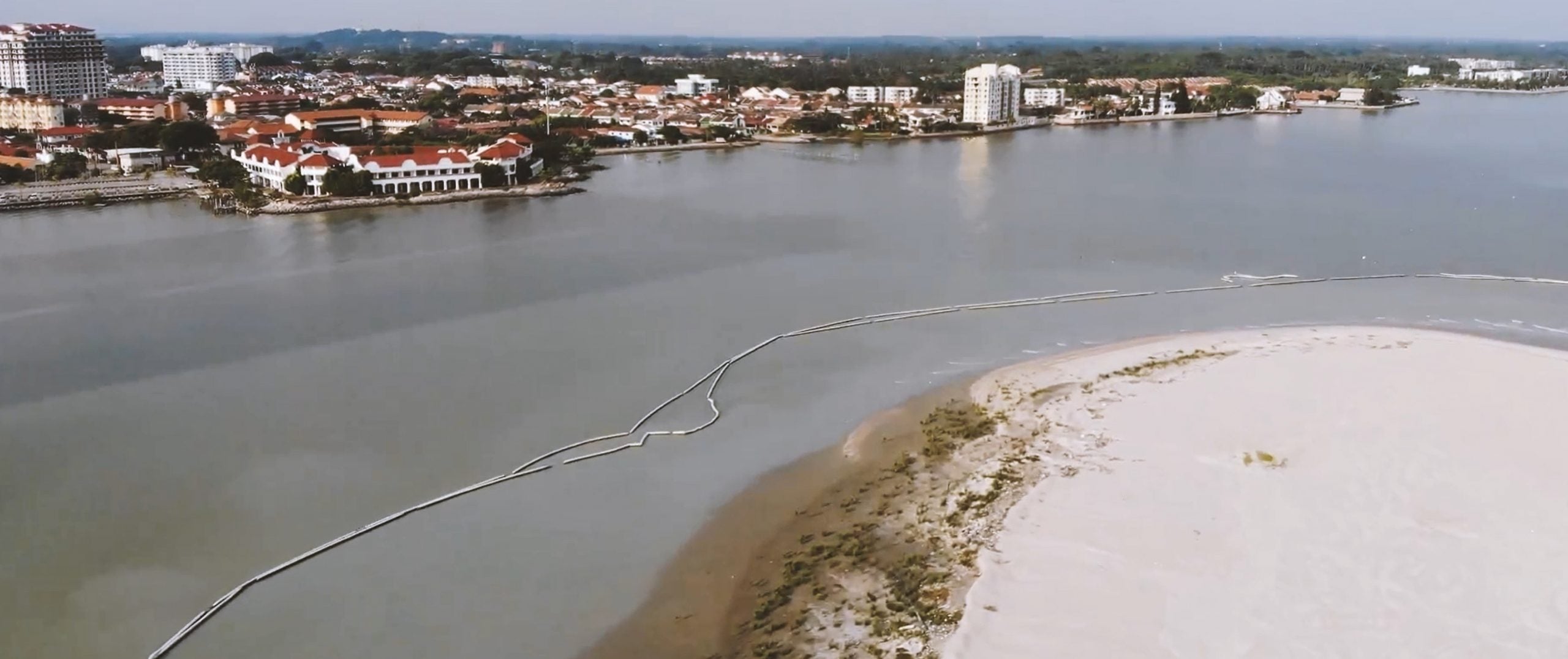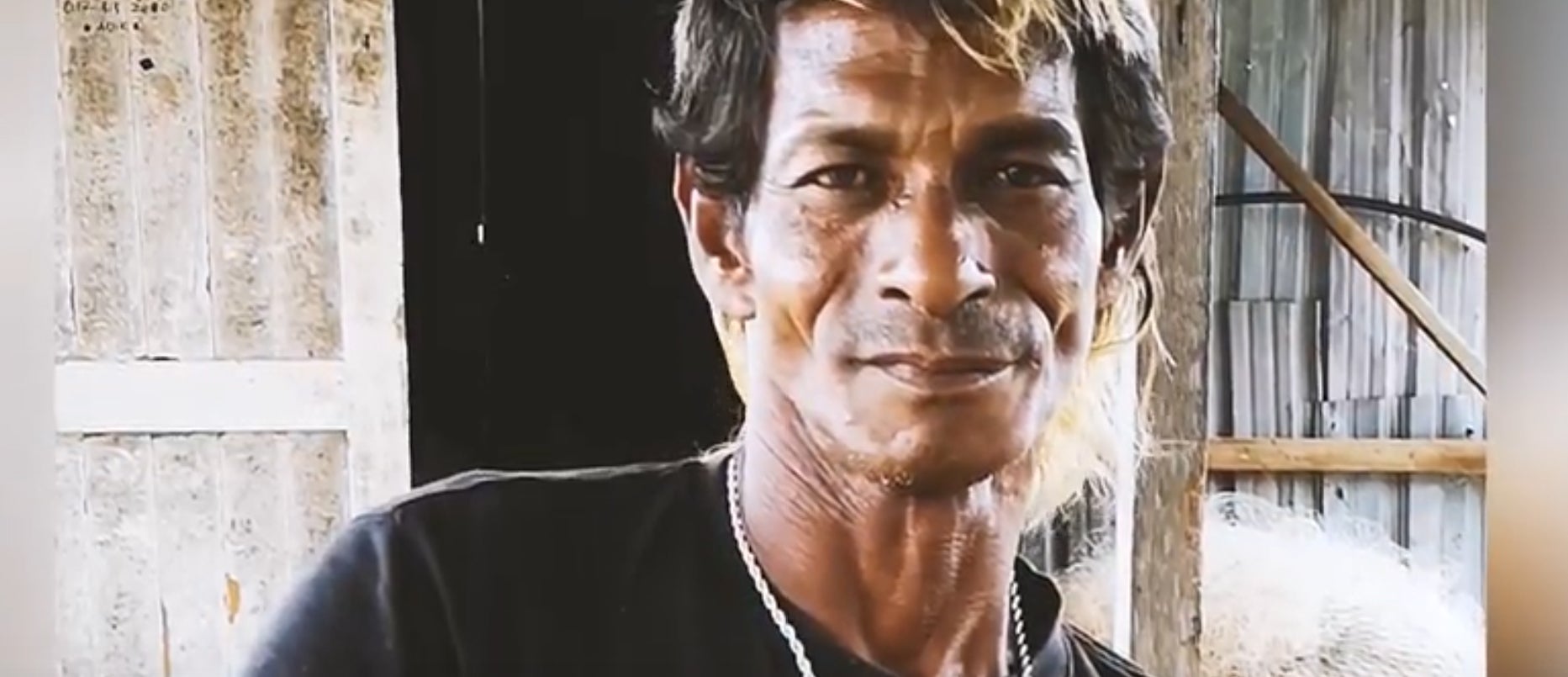On ‘Flow of Sand’
In this contribution I would like to share my thoughts on my documentary Flow of Sand which was partly created during my affiliation with ARI in 2019. It is one of the deliverables of the EU funded research project Competing Regional Integrations in Southeast Asia (CRISEA). In doing so, I will explore the following questions: What can visual documents mean for research? Which ideas played a role in the development of the film? What are the key problems addressed and what is the outlook?
Visual documents and research
In several large-scale research projects funded by the European Commission, documentary films have become a popular element in the category ‘deliverables’. Yet, there is no academic system of evaluation for films as deliverables. In the academic system, with its long tradition of evaluating written publications on a peer-review basis, this means that academic films are given a marginal position in academia. Therefore, it is likely that a researcher will earn fewer credits for realising a documentary film than for a peer-reviewed published scholarly work.
Why is it still interesting for an academic to realise a documentary film? A visual document has potentials that the written text lacks: the possibility of creating new knowledge through the combination of image and sound that addresses not only the cognitive but also the affective component of the audience.
Films capture the moment - their strengths lie in showing rather than explaining. By showing people's facial expressions and gestures in real situations, they cannot only reveal emotions but also arouse empathy or antipathy in the audience. Through their sensory components, the interplay of sights and sounds, documentary films can evoke certain reactions in the audience, ranging from surprise to anger or pity.
By selecting certain footage and leaving out others, some events are given more importance than others. The compression and condensation goes hand in hand with a faster narrative speed, which in reality juxtaposes events that are further apart. This can make contradictions more apparent.
Spoken word from interlocutors should be supplemented by suitable visual material. It is precisely this process of selecting, juxtaposing, possibly selecting music and using editing techniques that makes documentary films valuable for the context of research. The film itself becomes part of the co-creation of knowledge between researchers, cameraman, editor, community members and others that, for example, in my case can be easily disseminated.
Gathering and developing ideas
As I was gathering the first ideas for this film, I thought about the land reclamation projects underway on Malaysia‘s West Coast. In line with the CRISEA project that bridges micro and macro approaches, I was interested to learn more about the social and environmental impacts of land reclamation and the interaction of actors on different scales.
I wanted to focus on how the Belt and Road Initiative, developments on national, federal and local levels affect the environment and the people who live near land reclamation projects.
My objective was to show the projects’ ambition and their contradictions: the aspiration to create a pleasant environment for well-off people in strategic locations, the concern of super-alienation, and negative impacts on the ecosystem.
By telling the story from the perspective of affected community members in Malacca, I raise questions about the projects’ unwanted effects such as social inequality and destruction of the environment.
When one of my interlocutors made the following statement during my first field research in Malacca in 2018, I knew that this would become the logline of the film: ‘(…) when a person destroys something replaceable, he is called a vandal. When somebody destroys something that is irreplaceable and made by God, he is called a developer.’
This statement was a good starting point for me to think about what ‘development’ means for whom. For some, it goes hand in hand with the creation of new infrastructure that makes dreams of prosperity a reality. Others see it as a threat to their livelihoods and stress the negative consequences for the environment.
Since realising a film was a new task for me, I decided to take a feedback-oriented approach. Together with my editor Uli I prepared a 9-minute version of the documentary film to prompt responses from colleagues.
An example of this is the screening of this version of the documentary film at ARI. Here, I focused only on the perspective of those affected by the land reclamation - members of the Luso-Malay kristang community, who consider themselves descendants of the Portuguese.
The goal was to get the feedback of the colleagues. The exchange with ARI members contributed to the further development of the film. One idea that came up in the discussion was the idea of a Visiting Senior Research Fellow to provide more information about the role heritage and identity play for local communities, considering that Malacca was awarded World Heritage status in 2008.
It turned out to be more difficult to implement a suggestion of a Senior Research Fellow to present the developer's perspective in more detail. Despite several attempts it proved impossible to speak directly to representatives of KAJ Development as they did not respond to any interview request.
I continued the feedback-oriented approach when screening later preliminary versions of the documentary in Kuala Lumpur, Singapore, Chiang Mai and Hamburg and in private conversations. So I picked up impulses that found their way into the film.
Creating infrastructure, inviting resistance
The main problem addressed in the film is the conflict between the interest of developers and (sometimes) politicians in creating new infrastructure and the ideas of local communities, in this case the kristang community - people of mixed Portuguese and Malaccan descent.
To show this, the film bridges micro and macro levels. Footage from the land reclamation project, excerpts from statements by Malaysia’s Prime Minister Mahathir Mohamad, (incumbency: 1981-2003 and 2018-2020), scenes with Chief Minister Adly Zahary (incumbency: 2018-2020) in Malacca and footage in the kristang community give insights into different dimensions of development and its possible futures.
The film captures that under the reign of former Prime Minister Najib Razak (incumbency: 2009-2018), who was sentenced to twelve years in prison in July 2020 on charges of corruption and money laundering, numerous infrastructure projects were implemented, most as part of the Belt and Road Initiative (BRI).
One of them was Melaka Gateway in Malacca. Here, the Malaysian developer, KAJ Development Sdn Bhd (KAJ Development Incorporated), joined forces with Power China, and the project was launched as part of the BRI in 2014.
It reveals that the developer’s aspirations to create a deep-sea port, hotels, apartments, and a cruise ship terminal on three artificial islands and one expanded natural island have not been realised. Reasons are slow construction progress, investment issues, and a shift in national politics after Mahahtir Mohamad resumes power. In contrast to Najib Razak, the latter had promised his voters to review major China-backed projects under BRI and stop them if necessary.
But the documentary also shows the twists and turns in the rhetoric. For example, Mahathir Mohamad said in September 2018 that he would not issue visas to strangers living in Forest City. This 100 billion US-dollar land reclamation project, built in Johor, consists of four artificial islands reclaimed from the sea features and promises real estate amidst palm trees with easy access to Singapore.
The name Forest City is related to the great number of palm trees planted. He was referring to Chinese people in particular, who at that time were most interested in acquiring property in Forest City. Mahathir had repeatedly criticised China-backed infrastructure and alleged alienation by the Chinese. In contrast, he launched a charm offensive against China by emphasising the advantages of China for the Malaysian market in June 2019.
The plans of Melaka Gateway are big, but the implementation has been very problematic. On its banner close to the construction site KAJ Development stated that the land reclamation project would transform Malacca from a weekend economy to a 365-day economy. They promised gross national income growth, gross domestic product growth and the creation of new jobs. However, so far, only the ground for the first island has been laid by dredging. All you see is sand.


For the creation of new land on sand, developers accept the displacement of the sea. Yet, what the documentary also reveals is that Melaka Gateway is a thorn in the side of local residents, severing their connection to the sea.
Interviews with members of the kristang community interviewed in the film - Peter, Martin, Edward, Flora and Shawn - reveal the negative impacts of the project. These include a decline in fish stocks, increasing siltation, and a loss of the sea view and sea breeze. They feel that their position as an ethnic and religious minority with little room to manoeuvre is further worsened by the land reclamation project.
Edward, a fisherman, put it like this: “Until today I’m still a fisherman. Even I bring my children up for education still from the sea. And I’m proud of myself that I’m a fisherman. Because my wife and children they get what they want. But nowadays, the reclamation is killing all the fishermen. Even we can’t afford to buy nets also. Because why? The reclamation really spoils everything.” (Flow of Sand, 17:32-17:58h.)

Outlook
Melaka Gateway is not an isolated case. In Malaysia, several land reclamation projects are underway, from which especially fishermen and local residents feel threatened. Land reclamation projects have become popular across the globe to claim new territory and build high-priced real estate complexes.
As I was told after having screened the film in various places, people can connect with it, as similar infrastructure projects are also conflict-laden and lead to tensions that are not easy to resolve. I hope that the film will encourage decision-makers to think about how the future of the land-sea nexus can be better planned and designed in a participatory way so that potential negative consequences for people and nature can be minimised.
I also hope that it will bring communities together and make their voices heard, at a time when the environmental and human consequences of poorly planned infrastructure projects are severe and far-reaching.
Research contributing to the documentary, Flow of Sand, benefitted from funding from the European Union’s Horizon 2020 research and innovation programme under grant agreement N°770562 (CRISEA).






